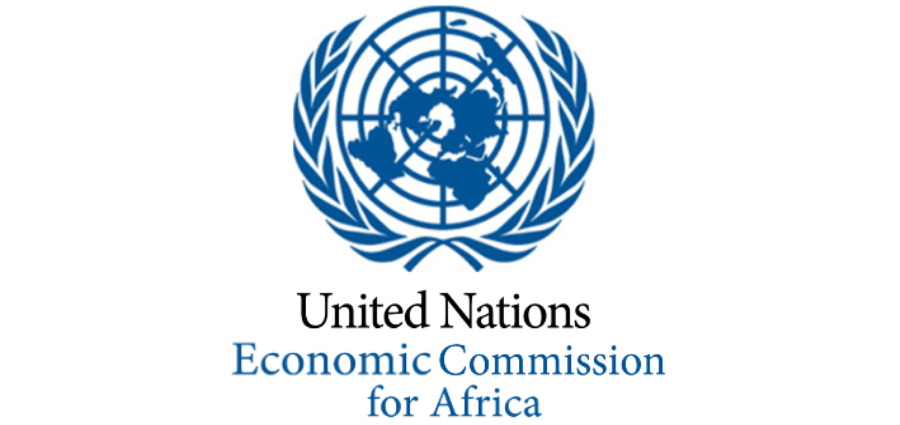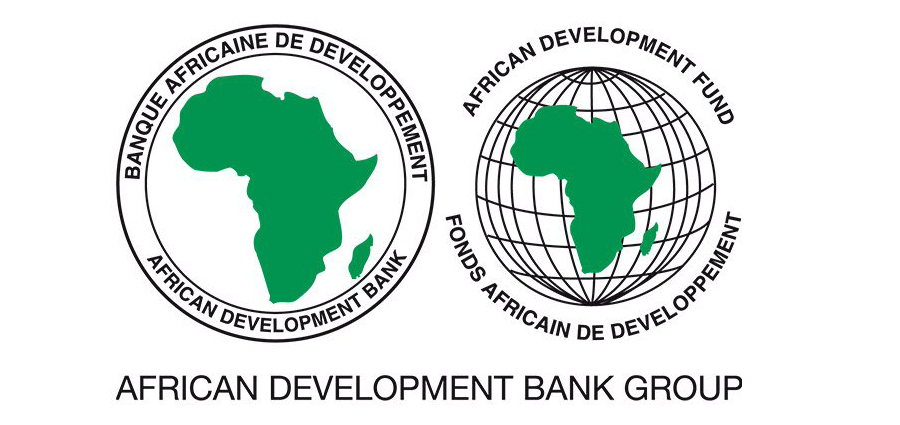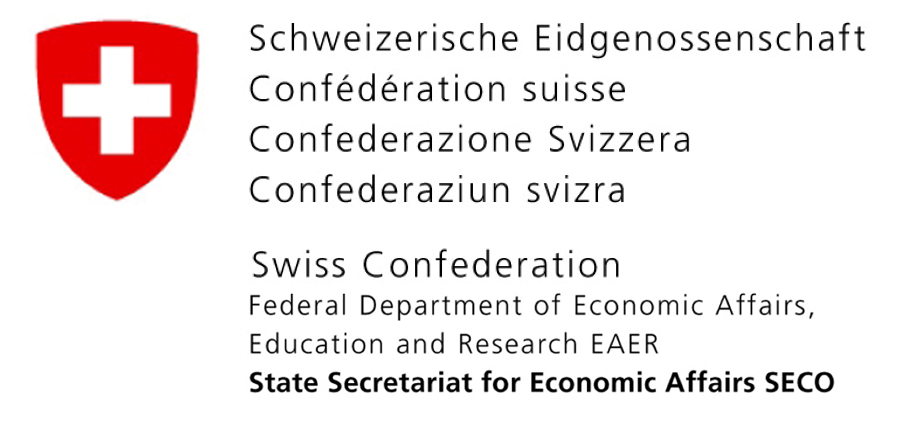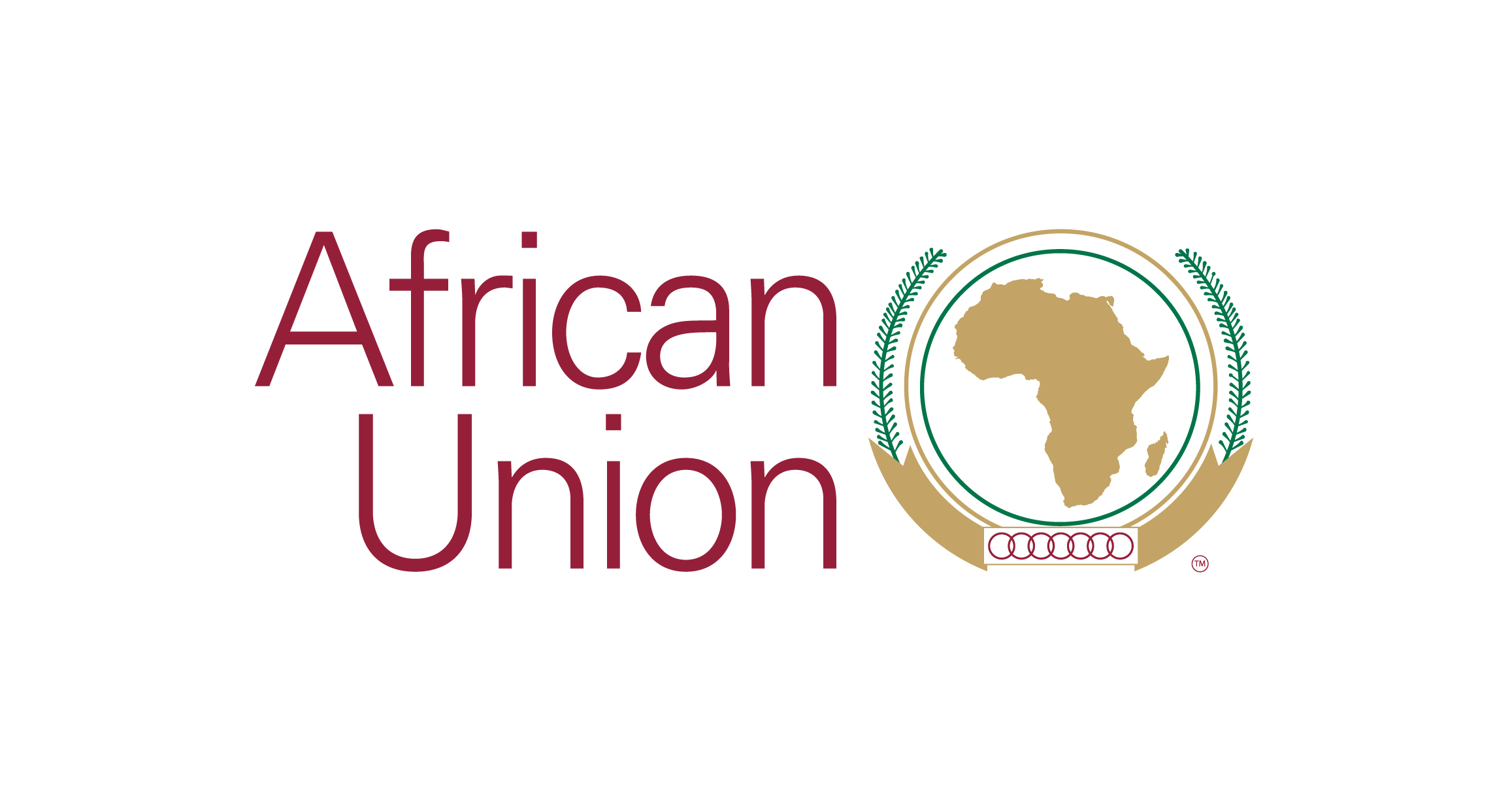HIV Hot-Spot Mapping Along Transport Routes in Mozambique
Some of the highest incidences of HIV have been found along transport corridors, particularly at border crossings where there is a high turnover of truck drivers, migrant workers and commercial sex workers. These areas can become ‘hot spots’ for sexual networks, where individuals are likely to engage in risky behaviors that can result in HIV transmission. These places can become ‘hot spots’ because they are favorable places to rest, refuel, eat, stay overnight and provide sexual entertainment. In this context, drivers are an important source of revenue for roadside businesses such as bars and hotels, making highways and truck stops centers of new economic and social activities.
For transport projects that seek to improve the efficiency of specific sub-sectors - such as city port, waterborne logistics, railway or air transport projects - HIV preventive measures should be concerned with high mobility patterns and hot spots with active sexual networks that promote risky behaviors. Mapping assessments have been conducted to study linkages between population movements and the spread of HIV along transport corridors. These exercises can also help identify successes and challenges faced in the various key areas of programs developed to reach transport workers and vulnerable groups.
The International Organization for Migration (IOM) completed several studies that seek to map potential ‘hot spots’ for HIV transmission in relation to transport. The study entitled "HIV “Hot-spot” Mapping of two transport corridors in Mozambique" provides information on the trucking sector, sex work, and HIV through an analysis of social and behavioral patterns at 14 pre-selected sites along the Beira and Tete transport corridors in Mozambique. This study aims to help government and development partners develop customized HIV prevention, treatment, care and support programs for communities along the main transport corridors.







